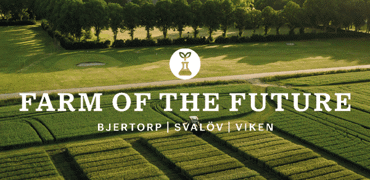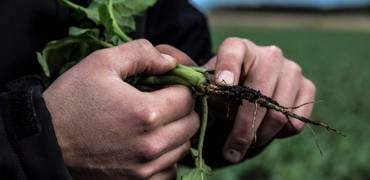Sweden has set a target of cutting net emissions of greenhouse gases to zero by 2045. As part of this ambitious target, the enterprise sector will be required to implement a series of measures to become more resource and energy efficient, and to switch to renewable energy and renewable products. Industrial and urban symbiosis is a tool to achieve this, where companies and towns are connected when it comes to material and energy flows.
Händelö Eco Industrial Park in Norrköping is based on the premise of leveraging synergy effects between energy companies and manufacturing industries. There is a cluster of industries in the park that use each other's by-products and waste products as input goods. The combined power plant uses waste and residual products, waste steam from the power plant is used to produce ethanol and feed, while carbon dioxide formed during manufacturing is used to produce carbonic acid for the food industry, for example.
To show the way forward within bioeconomics and attract more sustainably oriented companies to Händelö, a new project is now being started to further develop business activities in the park. Lantmännen Agroetanol is co-financing the project.
“The bio and circular economy is an important key if we are going to be able to tackle the climate threat. We look forward to sharing our experiences of our fantastic bioenergy combine in Norrköping and at the same time, hope that this initiative leads to further development of the combine,” says Lars-Gunnar Edh, CEO of Lantmännen Agroetanol.
The project will run from 2020–2023 and has a budget of just over SEK 3.4 million, of which half is being financed by the EU and the other half by participating organisations.
























